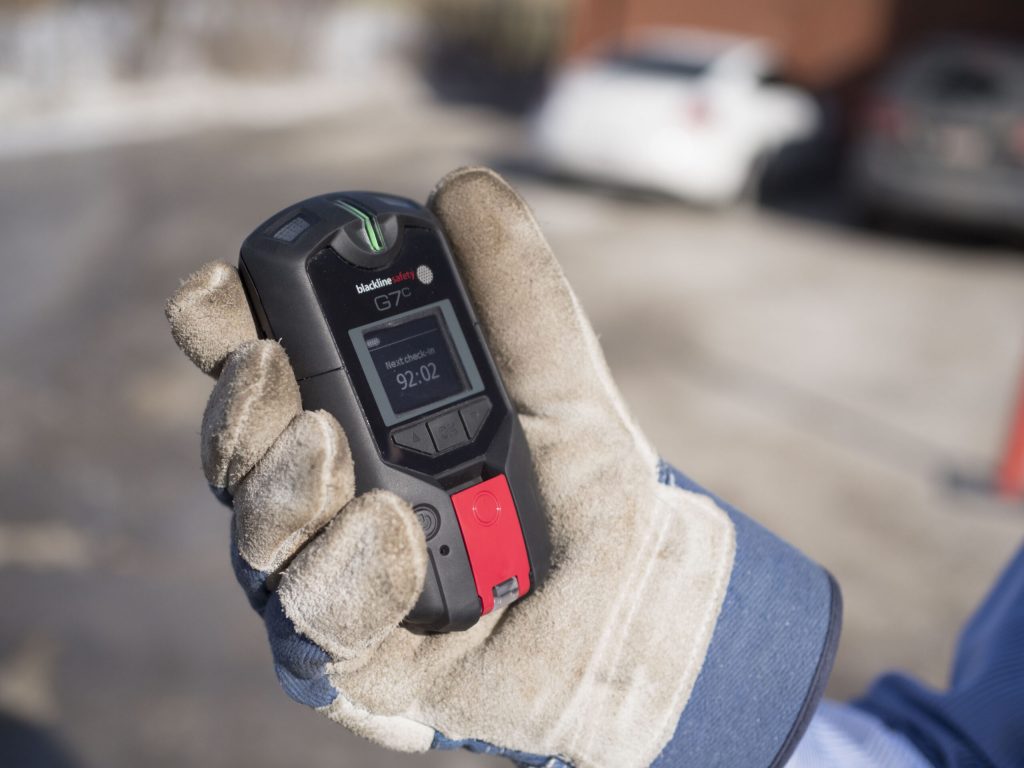What is a personal gas monitor, and how can one use it?
It only happens in a few moments to be overcome by hydrogen sulfide (H2S) gas. Paralysis of our respiratory system occurs almost instantly, without recognition that there is even a problem. Many people realize hydrogen sulfide by its rotten-egg odor, but the odor is only detectable at low levels that can be irritating and offer motivation for escape. A more significant worry is the toxic gas levels present in and around manure storage that can knock a person to the ground in respiratory distress. Hydrogen sulfide works as a chemical asphyxiate on oxygen utilization and the central nervous system. Personal gas monitor devices are always recommended when working around toxic gases like hydrogen sulfide.
Fortunately, affordable compact personal gas monitors are available for on-farm use. Of course, one can use a hierarchy of preventive measures when working around toxic atmospheres. Layers of power are recommended, such as area ventilation, hazard identification, and personal protection equipment. The personal monitor identifies potentially hazardous environments and warns the user when to escape.

How to use a personal gas monitor?
Personal H2S monitors are equipped with a clip or ring to attach the monitor to clothing. It is suggested that personal gas monitor be worn in the breathing zone, so the monitor is attached to a collar, lapel, or chest pocket with the gas sensor uncovered and unobstructed.
When an alarm goes off, the most crucial action to take is to leave the area. You can stop and inspect the digital readout to assess the safe distance in the fresh air. It might only take a short time for the alarm to turn off and for the measured concentration to return to zero. Always ensure to have an escape path from the toxic area. Retreating to some safe area may be as simple as walking outside a confined space. It may require walking 50 feet or more away from manure storage and undergoing agitation before pumping.



